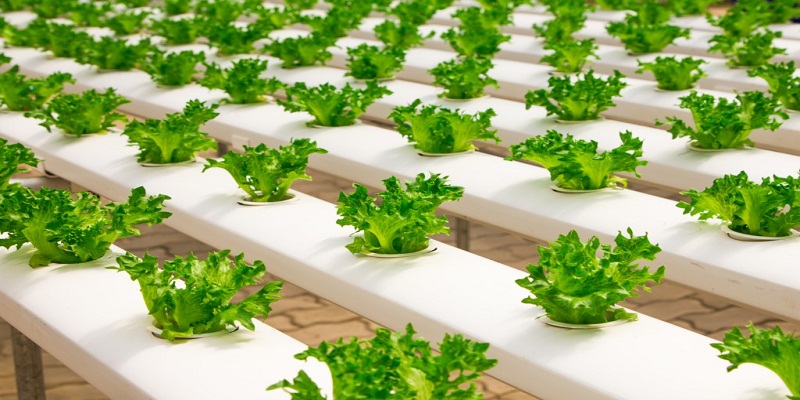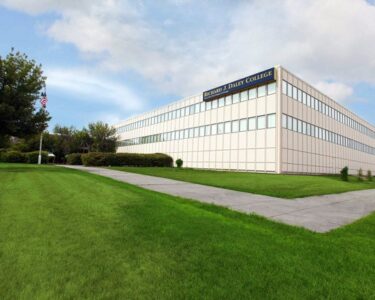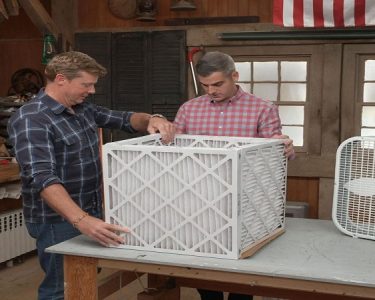The soil-less cultivation is based essentially on a reduction of the variables involved, and especially of a mutual interference by replacing the soil physical environment in which the parameters are easier to control. In the case of hydroponic solution, the concept is realized in the following four points;
Point 1
The protective function of the roots against the elements is performed by an inert solid substrate and slightly antiseptic. The substrate has no function of anchoring. The basic requirement is a degree of porosity sufficient to allow the circulation of the nutrient solution and host the scalp radicals. The volume available for each plant loses importance as the concentration of the nutrient solution in a small space creates the optimal conditions for root absorption. In other words, the plant does not need to expand the root system because it is not the function of anchoring and located close to the water and minerals they need. It is important, however, to ensure that the volume available to each individual plant is not excessive in relation to the area: Since the roots are submerged, gas exchange with the atmosphere takes place by diffusion in the liquid medium, so the roots must be almost in contact with the atmosphere to prevent the occurrence of root asphyxia. In some hydroponic growing techniques the substrate is then replaced in its entirety by a thin liquid film in which the roots grow.
Point 2
The task of anchoring is replaced, if necessary, by a system of wires that hold hanging plants keeping them in situ. In other words, the anchor of the plant is ensured by fixing the apparatus to an air suspension system.
Point 3
The trophic function of the soil is fully subrogated by the contribution of a nutrient solution through a system of irrigation, where irrigation water is used as a carrier of minerals. The substrate must be chemically inert in order to avoid interference of chemical factors (e.g. ion exchange and pH) with the parameters controlled by irrigation.
Point 4
The ecological function of land is completely annulled dallidroponia. Since there are no prerequisites for the creation of a favorable biotic communities, the surrogate substrate that the soil is completely inert from a biological point of view and accommodates only half the roots of plants grown. Compared with conventional techniques, hydroponics obvious from this point of view, significant advantages because it removes the source contact with the pathogens in the soil (especially nematodes, agents of rot and wilt). These adverse factors are forcing the conventional agriculture to use with the replacement crop in the field and the geodisinfestazione under shelter. In any case, the plants grown in hydroponics in general show a better vegetative and offer higher production not only for the control of nutritional status but also for the better health status. Of course, these considerations are beyond the adversity affecting radical appear on air. Please, click here to learn more about hydroponic systems.
Though the hydroponic systems have existed for centuries, their significance is now rising as people are getting to know about their benefits. It is commonly believed that it takes a lot of electricity to power a hydroponic system. Well, it all depends on how many plants you are growing and the size of your hydroponic system.
Let’s say you are using sodium lighting, it will require 400w for 4 plants. However, if your hydroponics system is designed to use LED lighting, it will require a lesser amount of energy. For hydroponics, you will require a small fish tank type pump to move the water through your system. Again based on the method you use, the pump will be timed to run a certain amount of time per day or 24 hours.
If you decide to implement aqua/bioponics, you will be required to run a fish tank pump and filter in order to maintain a fish tank and you have to run small fans to air-ate your crop or to keep it cool depending on which lights you choose. When you select a hydroponic system kit, all the information about how many watts you need to use will be provided. While you may see a small bump in your electric bill, it is well worth it when you understand the return on your investment with healthy, nutrient, abundant produce conveniently grown with your personal hydroponic system within your home.
The other question people are most interested is about the quantity of nutrient solution and heat required for a hydroponic system. Again, it will depend on how many plants and what types of vegetables and herbs you are growing.
There are several high quality products on the market. Keep your nutrient solution between sixty-five and seventy-five degrees Fahrenheit; in case of or too much below or above this, your plants won’t get nutrients they need.
For hydroponics system crops, you can calculate how many macronutrients your plants need and give them enough to grow bigger, better and faster. This also means applying proper nutrient solutions with thoughtfulness regarding plants’ health and you can identify insufficiencies which may arise. Characteristically, the amount that you need to feed your plants and how often will be instructed by the manufacturer’s guidelines. The product manufacturers have forums, so you can ask specific questions as well, just always remember that you’re not alone and you will be enjoying healthy vegetables all the year round with your own hydroponic system. Please, pay a visit to Review Gurus for the finest hydroponic systems.





